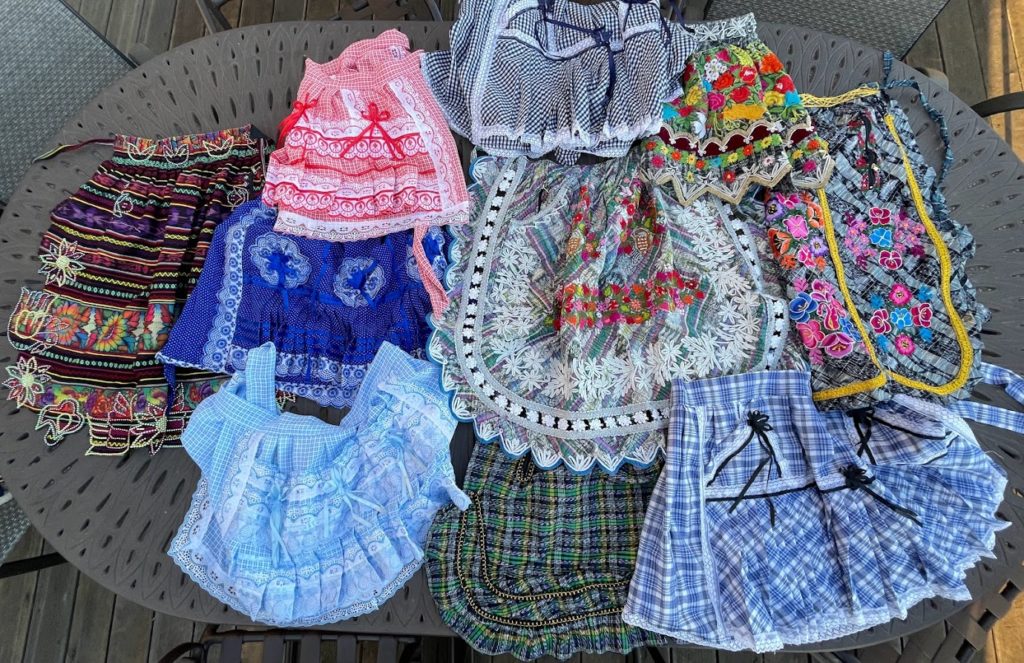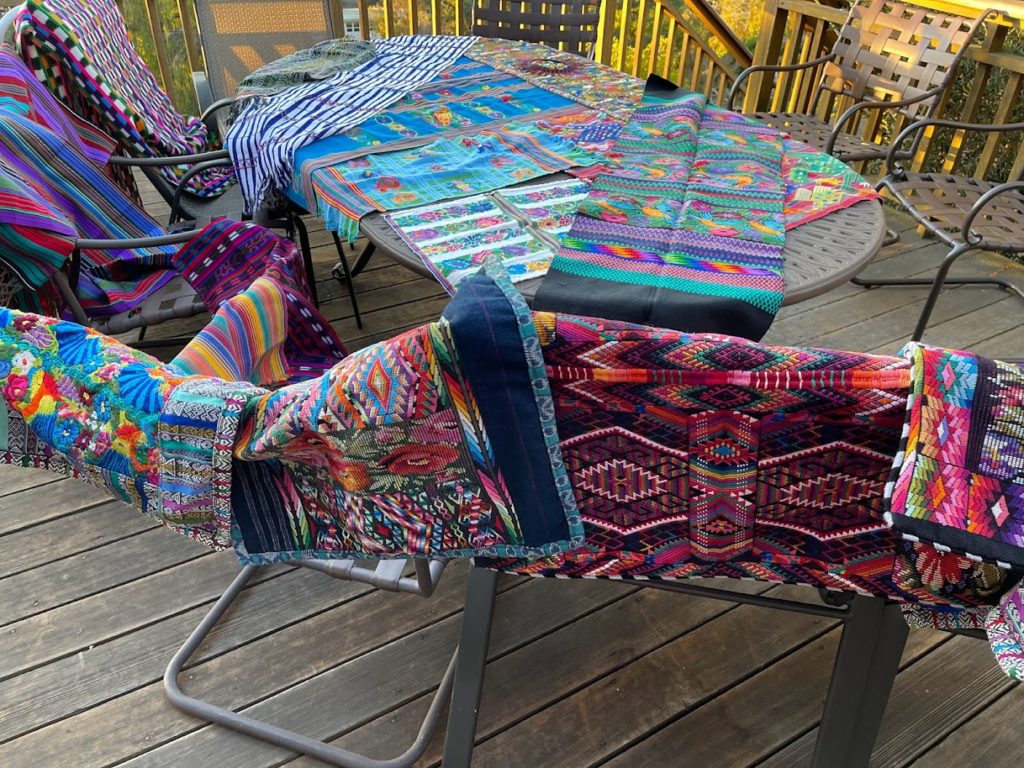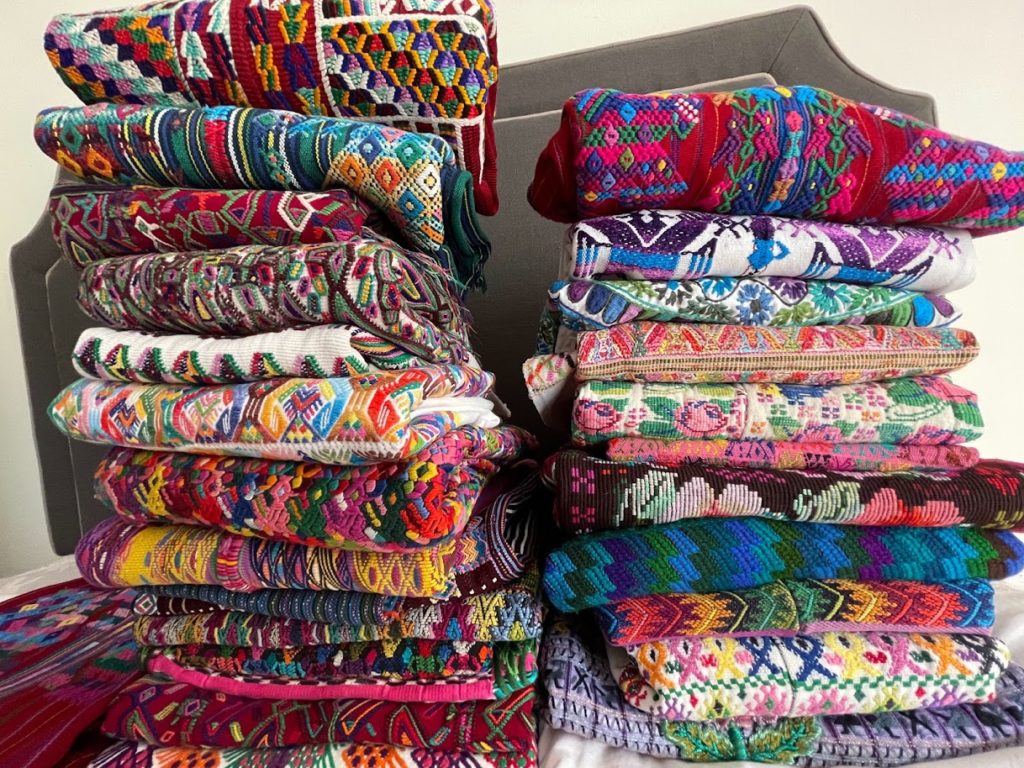
It’s no secret I love textiles from Guatemala and over the past 20 years I’ve collected a few. I collect from passion—patterns or colors that catch my eye—and while nothing I own is particularly historic or valuable, each piece carries a story—where in the country it was made, the meaning of the design.
Mostly I buy at the market in whatever place I happen to be, but often I end up with something because the artisan approached me directly with a piece in hand or I’ve watched them at work and bought fresh from the loom.
On rare and special occasions, I’ll be invited into someone’s home—a woman will walk up and say simply, Follow me, and the next thing I know, I’m standing in her kitchen or sitting in a chair beside her bed, and after we chat and visit, she opens a cabinet to reveal her hand-crafted treasures.
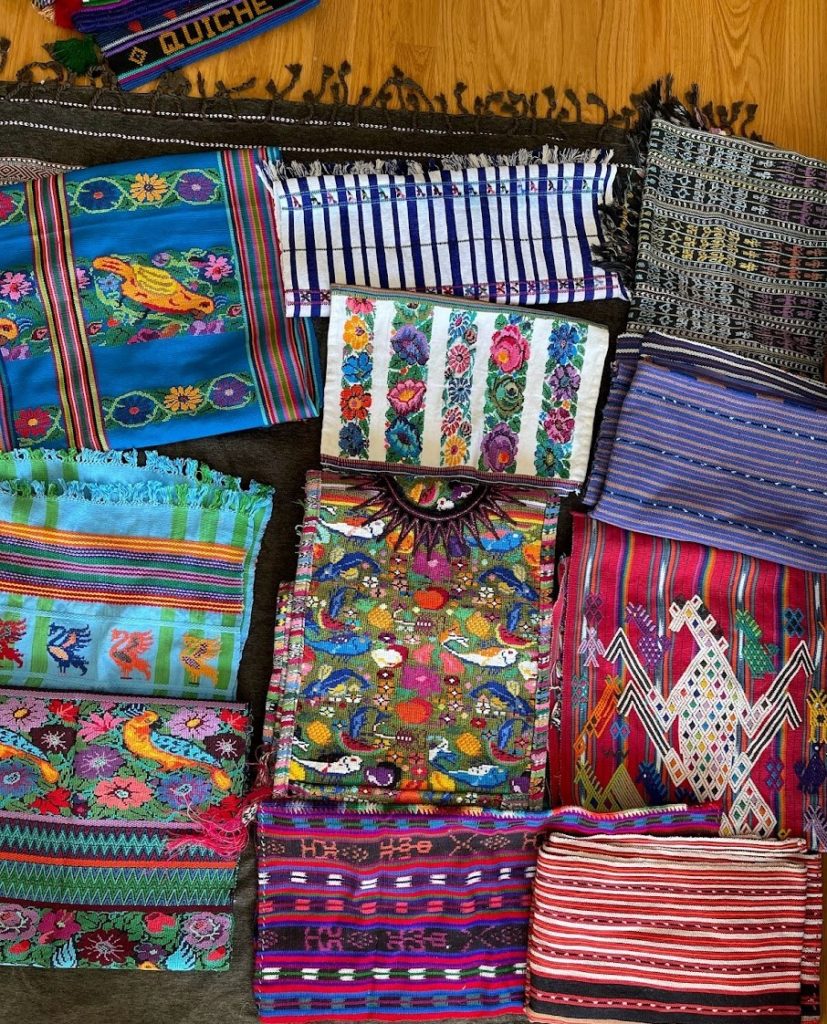
Although I’ve been great at buying textiles, I’ve been less good at organizing them. After returning to California from a trip, my habit usually has been to open the door to a closet downstairs and toss my latest acquisition on top of the pile, without any order or reason except to keep the piece safe from direct sunlight and moisture.
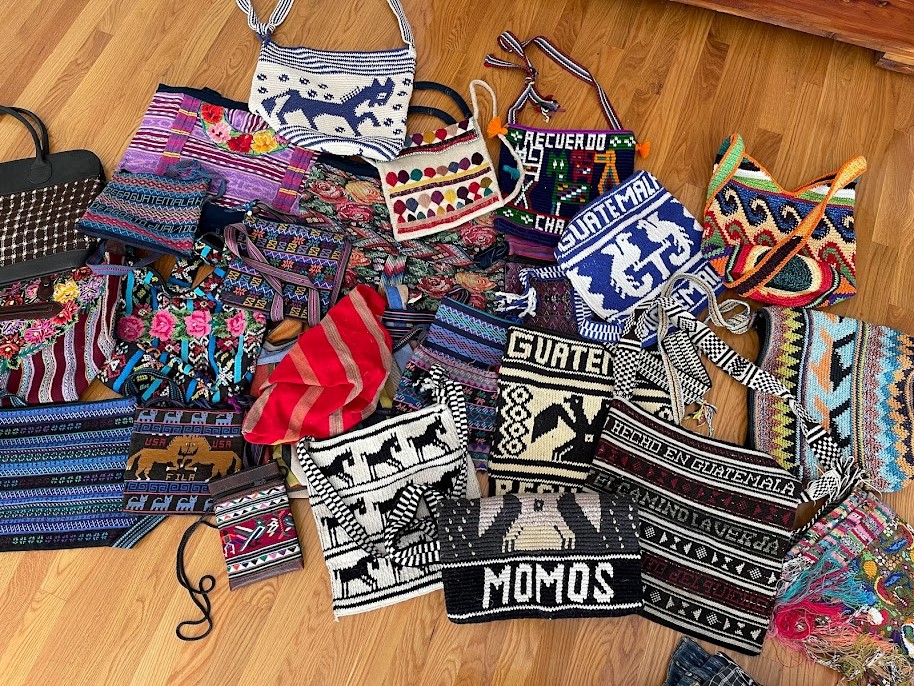
This fall before it started to rain, I resolved to tackle the chaos. I pulled out my textiles, grouped them into categories—huipiles, cortes, belts, rugs, bags, aprons, pillow and table covers—and laid them on a table outside on our deck so they could air. After, I photographed the objects, folded and stacked them into bins, and recorded the contents into a file on my laptop.
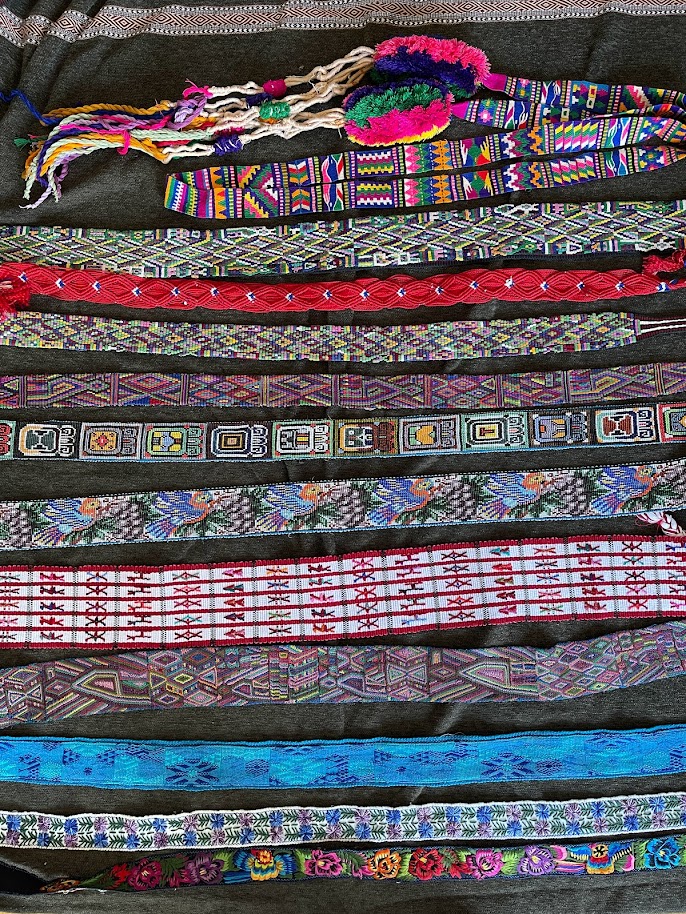
Now when I open the closet downstairs, instead of bracing myself for an avalanche, I survey my project with satisfaction.
I feel happy.
